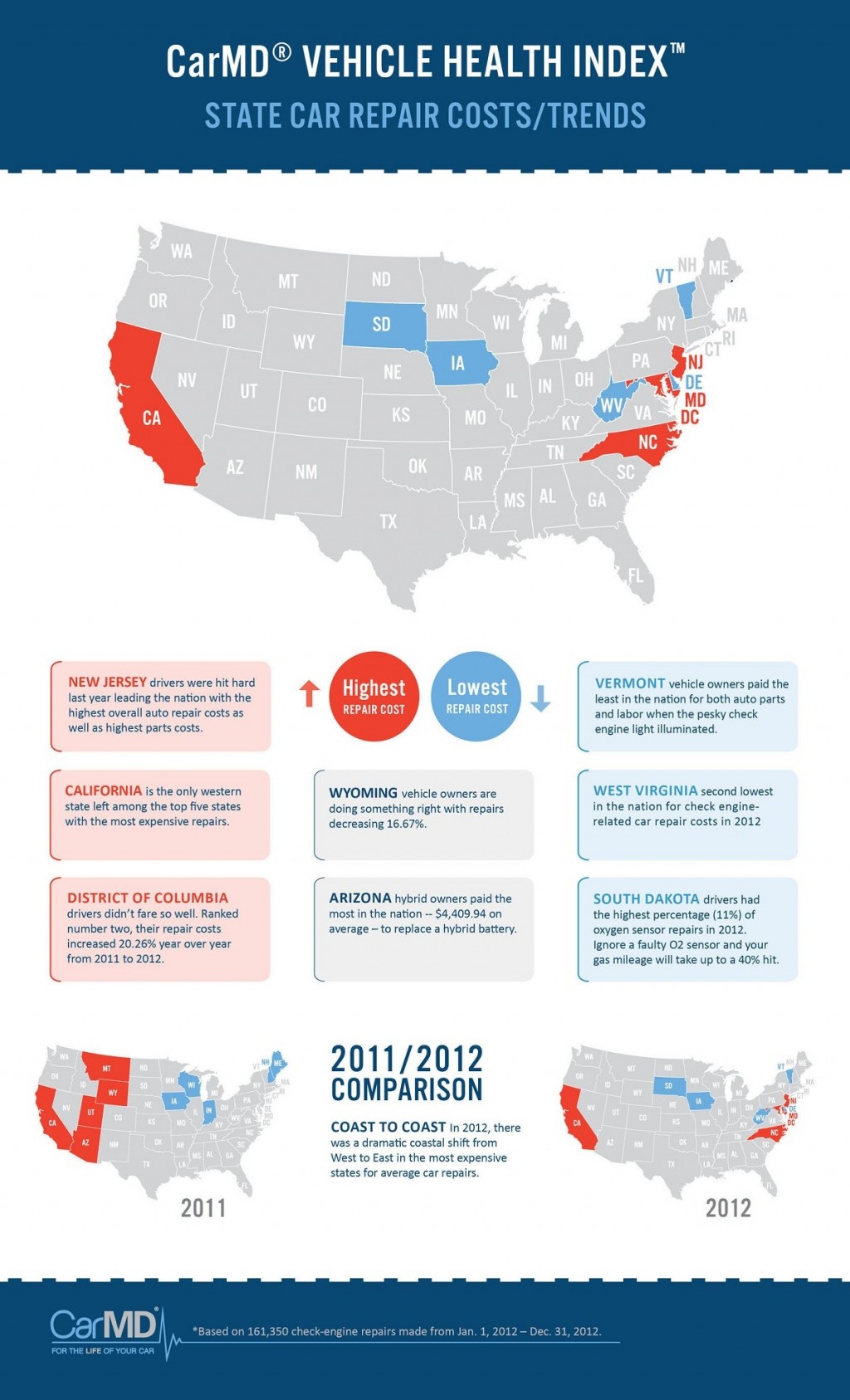Comprehending Your Cars And Truck'S Caution Lighting: What Do They Actually Mean?
Comprehending Your Cars And Truck'S Caution Lighting: What Do They Actually Mean?
Blog Article
Developed By-Lauritsen Alvarado
When you lag the wheel, those glowing caution lights on your control panel can be a bit puzzling. Do you know what they're attempting to tell you about your car's health? Comprehending the relevance of these lights is essential for your safety and security and the long life of your lorry. So, the following time one of those lights pops up, would not you wish to decipher its message precisely and take the essential actions to address it?
Common Warning Lights and Interpretations
Determine typical warning lights in your cars and truck and comprehend their significances to make sure safe driving.
The most typical caution lights consist of the check engine light, which signifies issues with the engine or emissions system. If this light comes on, it's important to have your car checked quickly.
The oil stress cautioning light shows low oil pressure, requiring prompt attention to stop engine damage.
A blinking battery light might suggest a faulty charging system, possibly leaving you stranded otherwise dealt with.
The tire stress surveillance system (TPMS) light alerts you to reduced tire stress, affecting car security and fuel efficiency. Overlooking this can lead to hazardous driving problems.
The ABS light shows an issue with the anti-lock stopping system, compromising your capacity to quit rapidly in emergency situations.
Lastly, the coolant temperature level alerting light warns of engine overheating, which can result in serious damage if not settled quickly.
Recognizing these common caution lights will assist you address issues without delay and keep secure driving problems.
Relevance of Prompt Attention
Comprehending the typical caution lights in your car is only the primary step; the value of quickly resolving these cautions can't be stressed enough to guarantee your safety when traveling.
When a caution light brightens on your dashboard, it's your vehicle's way of interacting a prospective problem that needs attention. Disregarding view website can bring about more severe issues down the road, endangering your security and potentially costing you extra in repairs.
Trigger focus to warning lights can stop breakdowns and accidents. For example, a flashing check engine light could indicate a misfire that, if left unattended, can create damages to the catalytic converter. Resolving this promptly can save you from an expensive fixing.
In a similar way, a brake system warning light could signify reduced brake liquid or used brake pads, crucial parts for your security when driving.
Do It Yourself Troubleshooting Tips
If you see a caution light on your control panel, there are a couple of do it yourself repairing pointers you can attempt before looking for specialist help.
The very first step is to consult your vehicle's handbook to recognize what the details caution light shows. Occasionally the concern can be as easy as a loosened gas cap triggering the check engine light. Tightening the gas cap may settle the trouble.
One more common problem is a reduced battery, which can trigger numerous advising lights. Inspecting the battery connections for corrosion and guaranteeing they're secure might fix the issue.
If a warning light lingers, you can try resetting it by detaching the automobile's battery for a few mins and then reconnecting it. Furthermore, inspecting your vehicle's fluid degrees, such as oil, coolant, and brake fluid, can help fix warning lights connected to these systems.
Conclusion
Finally, understanding your car's caution lights is vital for keeping your vehicle running efficiently and safely. By immediately addressing https://brakesplus16284.blogoscience.com/36048201/achievement-account-overhauling-a-forsaken-vehicle-via-comprehensive-explaining and knowing what they mean, you can avoid costly fixings and prospective malfunctions.
Bear in mind to consult your car's guidebook for specific details on each advising light and act appropriately to guarantee a trouble-free driving experience.
Keep educated, remain secure on the road!
